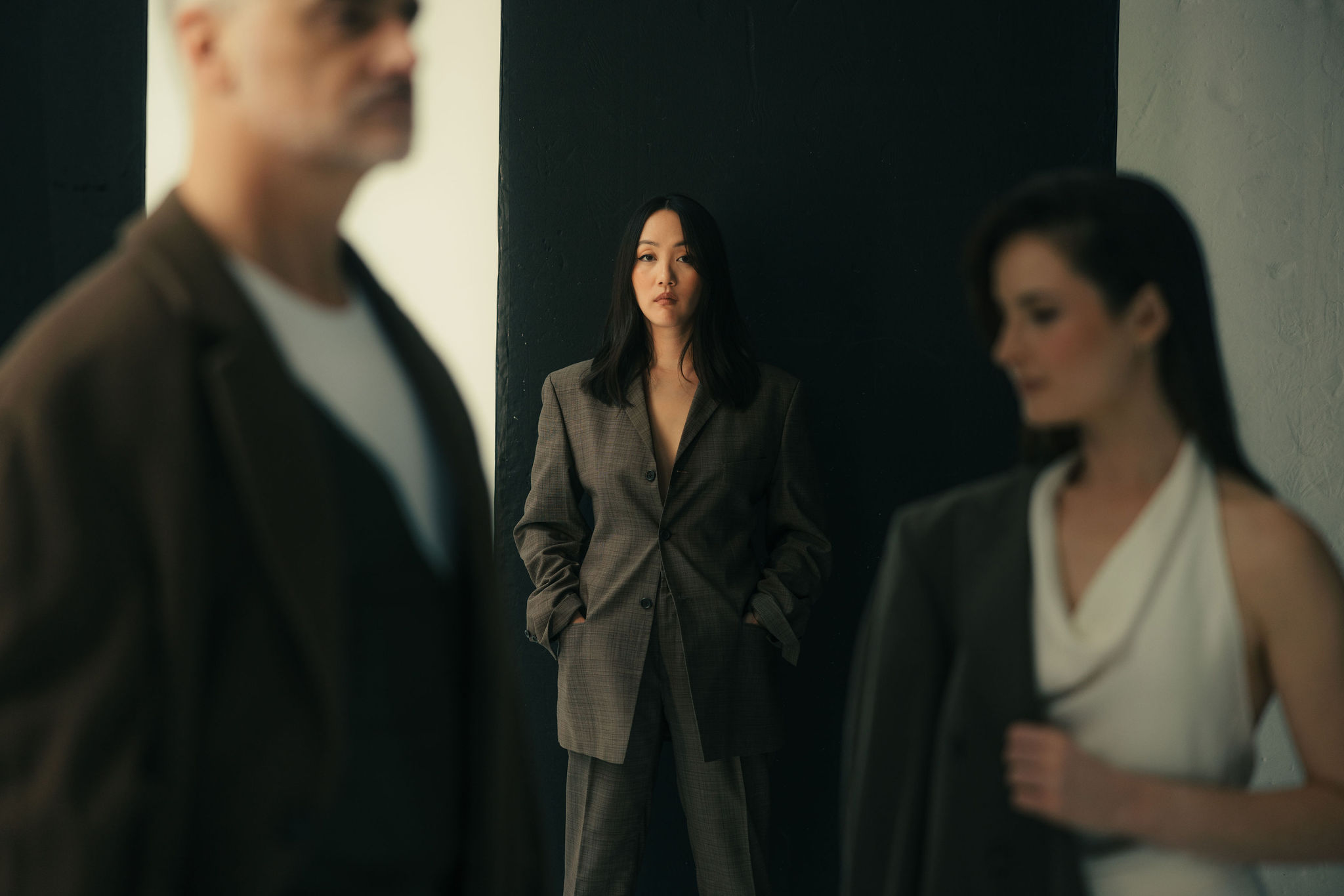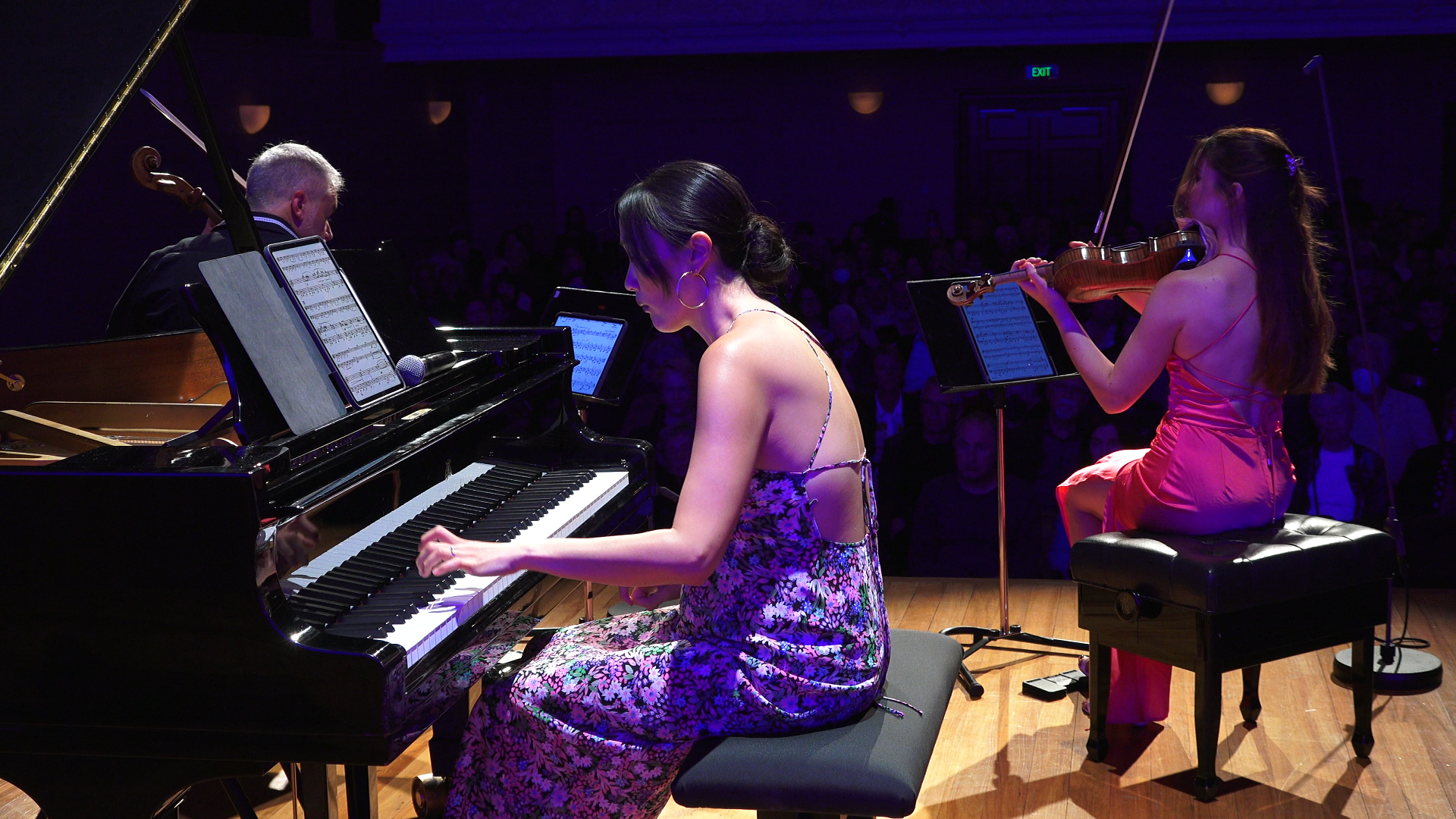The trio’s final concert for the year came with the astral title of Constellations, suggesting perhaps that each of its four works contained its own vibrant, glittering array of energies and incidents.
We were not disappointed.
– William Dart, NZ Herald
The trio’s final concert for the year came with the astral title of Constellations, suggesting perhaps that each of its four works contained its own vibrant, glittering array of energies and incidents.
We were not disappointed.
Beethoven’s first piano trio came alive with the confidence and bravado of a young composer’s proud Opus 1 no 1. The suave chromatic shadings of its first pages were beautifully rendered, the final Presto a rollicking, boisterous delight.
If its Adagio cantabile lingers in the shadow of Mozart, then it did so here with appropriate elegance.
Kaija Saariaho is a major force in contemporary music and yet an unfamiliar name on our concert programmes. To experience the Finnish composer’s recent Light and Matter on Friday night was a cause for major rejoicing and congratulations.
Inspired by the changing colours and textures of light playing on trees, it proved to be a deeply immersive 14 minutes.
Pianist Somi Kim, drawing sound from keys and strings, provided support and structure for some virtuosic bedazzlement from Amalia Hall and Ashley Brown.
After the interval, NZTrio revisited a score commissioned in 2012 – Karlo Margetić’s Lightbox, which carried off the SOUNZ Contemporary Award in the following year.
Brown’s genial introduction, giving us a performer’s perspective, was invaluable. However, the intense physicality of its delivery, and Margetić’s shrewd use of an almost obsessive five note melodic anchor made for edge-of-the-seat listening.
Kim whetted aural appetites when she introduced the rarely-heard 1910 Piano Trio by the 12 year old Erich Korngold, alerting us to luscious melodies and fireworks ahead.
It wasn’t difficult to hear hints of Korngold’s later Hollywood film scores in its sumptuous textures, out-Straussing Strauss with its chromatic saturation.
In the wrong hands this might have lumbered, but on Friday night, the musicians effortlessly embraced the Viennese capriciousness that floats over Teutonic complexity. It was not accident that two of its movements drift into waltz time, scrumptiously evoked on this occasion, to the last swooning glissando.

